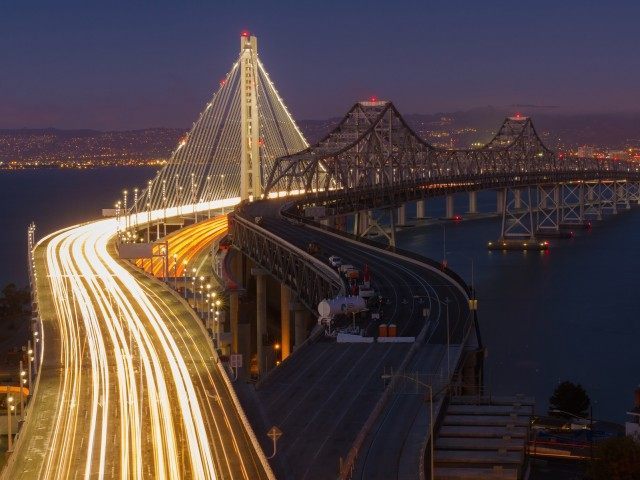The latest USC Dornsife/L.A. Times Poll found a sharp divide separates the economic optimism of upscale coastal elites and the anxiety of financially stressed Californians.
The poll found that a majority of voters report are financially dissatisfied with California. About 57 percent say they are “barely maintaining their standard of living,” and another 19 percent report falling behind financially.
The state’s only optimistic community is the San Francisco Bay Area. But even with the tech boom in Silicon Valley, 44 percent of residents in the area are still somewhat or very anxious about their economic future.
USC Director Dan Schnur of the Jesse M. Unruh Institute of Politics, who led the polling effor,t commented, “This is a tale of two Californias,” noting that about 52 percent of Bay Area voters and 45 percent of Los Angeles County voters are satisfied with their overall economic situation. He added, “Coastal and Inland California have become two increasingly different states–economically, culturally and philosophically.”
Schnur suggested that “Californians who live in the eastern part of the state tend to have less education and lower incomes, so it’s no surprise that they are much less satisfied with the economy as well.”
But residents living in the other 80 percent of the state were much more pessimistic. Just 32 percent of voters in the Central Valley, 33 percent in Orange County/San Diego, and 21 percent in the Inland Empire reported satisfaction with the state’s economy.
Despite California’s official unemployment rate falling from a national high of over 12 percent for most of 2010 to an elevated 5.9 percent today (versus the 5 percent U.S. average), 63 percent of California voters said they were “mainly worried,” as opposed to 35 percent who reported feeling “mainly hopeful.”
Latinos and younger voters were the most optimistic about their own financial futures. About 57 percent of Latinos were optimistic about future personal finances, but only 48 percent of white voters were upbeat. About 53 percent of “Gen Ys” aged 18-29 years said they felt hopeful, whereas only 47 percent of Baby Boomers aged 65 or older were pessimistic.
Inland Empire residents were the most worried about the California economic changes, at 75 percent, followed by the 69 percent in the Central Valley, 65 percent in Orange/San Counties, 62 percent in Los Angeles, and 52 percent in the Bay Area.
The apprehension levels were somewhat lower among non-white voters. About 48 percent of non-whites with a college education were hopeful, while 67 percent of non-college-educated voters felt mostly worried. That compares to 58 percent of white voters with college educations who were hopeful, while 70 percent of those without a college education who were “mainly worried.”
Despite California’s Democrat Party having almost a total lock on state politics, 51 percent of Democratic voters are worried about economic changes in the state’s economy. Republican voters are even more frustrated, with 76 percent of GOP voters pessimistic about the changing economy.
Trying to make lemons into lemonade, Schnur summed up the polling results: “Once again, we see that the youngest Californians and the newest Californians are the most optimistic about our state’s future and the engine that drives us forward.”

COMMENTS
Please let us know if you're having issues with commenting.